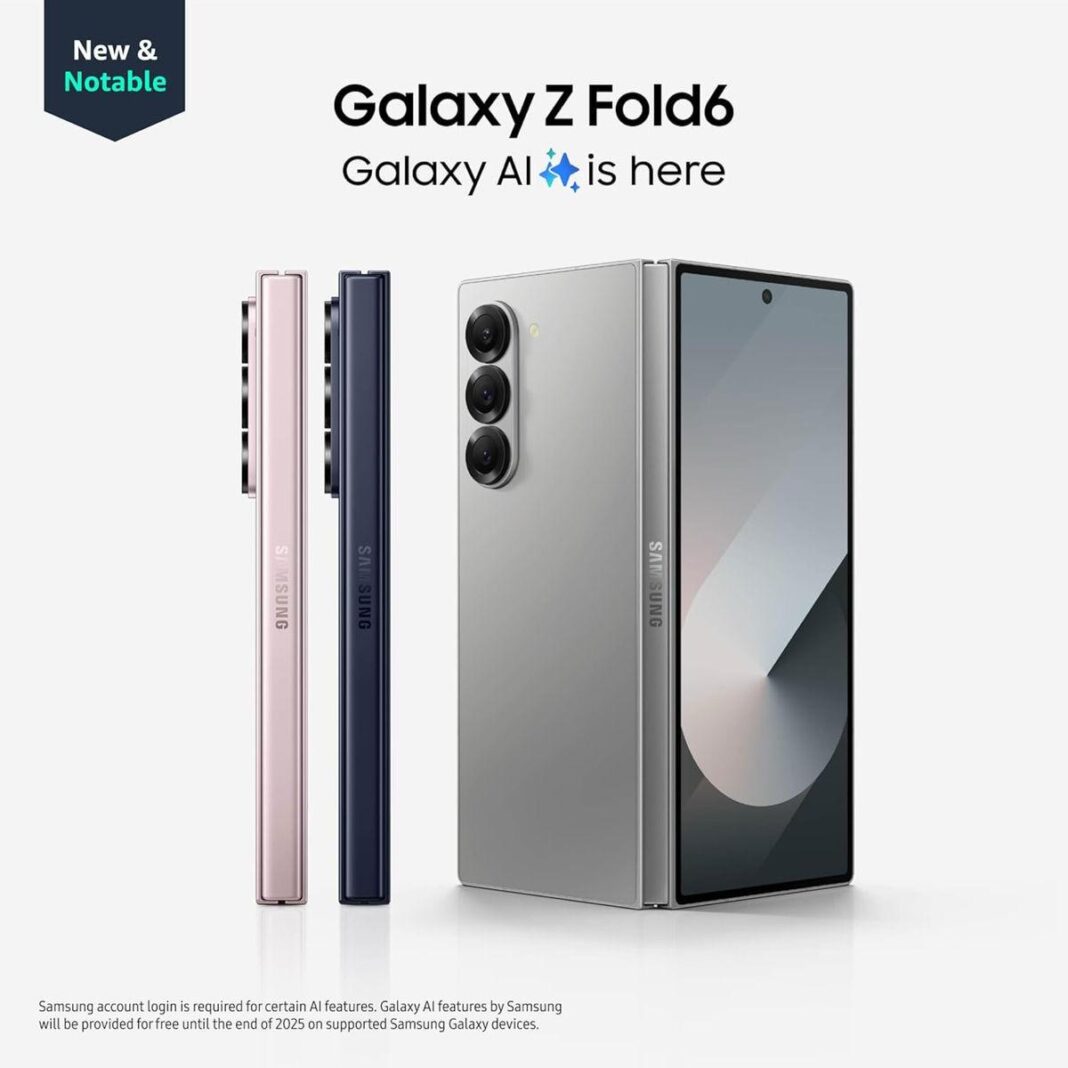The evolution of smartphones has recently taken a dramatic turn with the arrival of foldable devices. Foremost among these has been Samsung’s Galaxy Fold series a line that not only redefines the physical boundaries of smartphone design but also challenges traditional notions of durability, usability, and value. This article takes a closer look at the Fold series, weighing its hype against its performance and cost, while also spotlighting emerging competitors ready to disrupt the market.
A Bold Innovation in Design for the Phone Market
When the Galaxy Fold was first announced, its innovative design immediately caught global attention. The device’s ability to transition from a compact smartphone to a tablet-sized screen was seen as a game-changer. The original Fold series brought with it the promise of multitasking on the go and an entirely new visual experience.
However, behind this innovation, Samsung had to overcome significant engineering challenges, notably in creating a durable yet flexible display and hinge system. The revised design iterations focused on addressing issues such as screen creasing, unintended folds, and wear over time all critical for converting a concept into a viable everyday device.
In the foldable market, price remains a prime concern for consumers. The Galaxy Fold series has been priced at a premium a cost that many argue should be justified by groundbreaking technology and solid usability. Reviews and early adopter impressions have varied.
Proponents claim that the unique form factor offers enhanced productivity, multimedia consumption, and novelty that traditional smartphones can’t match. Critics, on the other hand, question whether the sizeable price tag justifies what some deem to be iterative improvements rather than a complete redesign of mobile computing. The balance between cost and innovation continues to be central to the conversation about the device’s worth.
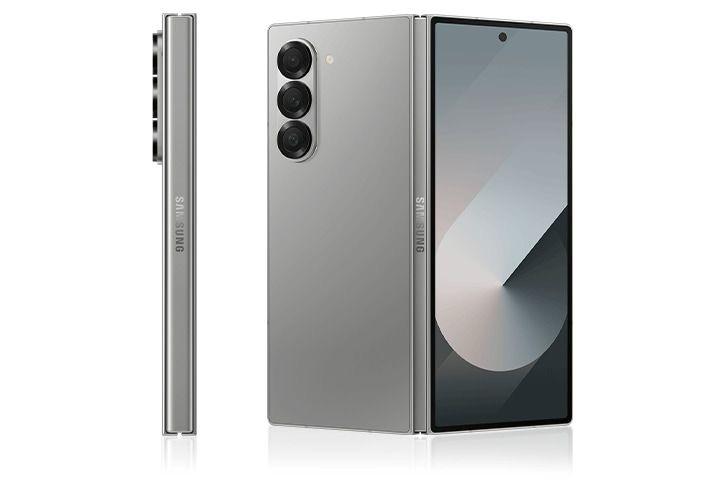
Is It Worth the Hype or Your Hard-Earned Cash?
One of the primary questions for potential buyers is whether the Galaxy Fold’s innovative features translate into tangible performance benefits over conventional smartphones. In everyday use, the device offers a robust multitasking platform one that makes it possible to run multiple apps simultaneously, use split-screen modes for productivity, and enjoy an expansive viewing area that caters to both gamers and content consumers.
Despite these advantages, some critics argue that the current generation of foldables might be viewed as a transitional technology. They emphasize that although the novelty is undeniably cool, the practical benefits need to evolve further to appeal to the broader market. Long-term durability and repairability also remain areas of concern that Samsung has continuously addressed in subsequent releases.
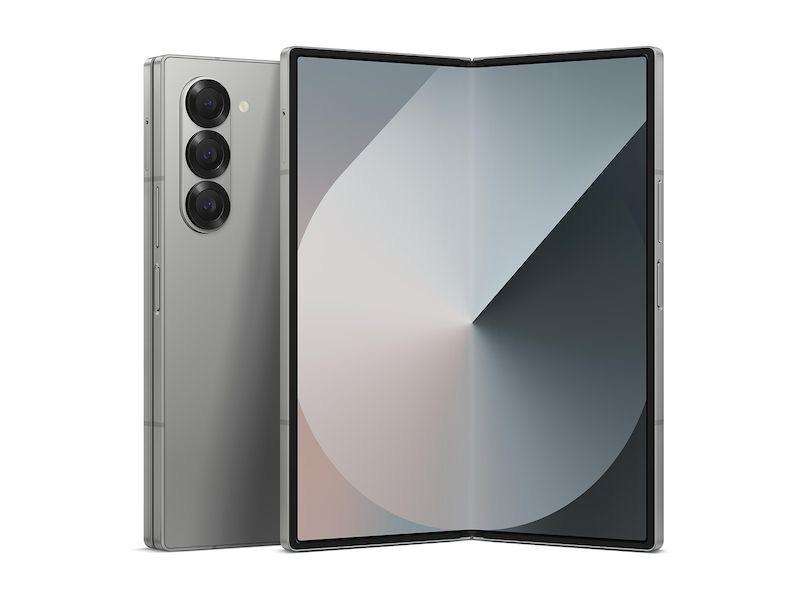
When new innovation meets the price tag
The appeal of the Galaxy Fold is partly driven by early-adopter enthusiasm. For tech enthusiasts, investing in such a device is as much about owning a piece of future tech as it is about functionality. However, for the average consumer, the risk of investing in an expensive, unconventional form factor can be a hard sell.
In this light, the assessment of “worth the money” largely depends on individual priorities. Tech enthusiasts and early adopters may view the Fold as a status symbol that pushes the envelope of design and usability. General consumers, however, may prefer a traditional, more predictable smartphone experience especially when considering potential long-term costs related to durability and repair.
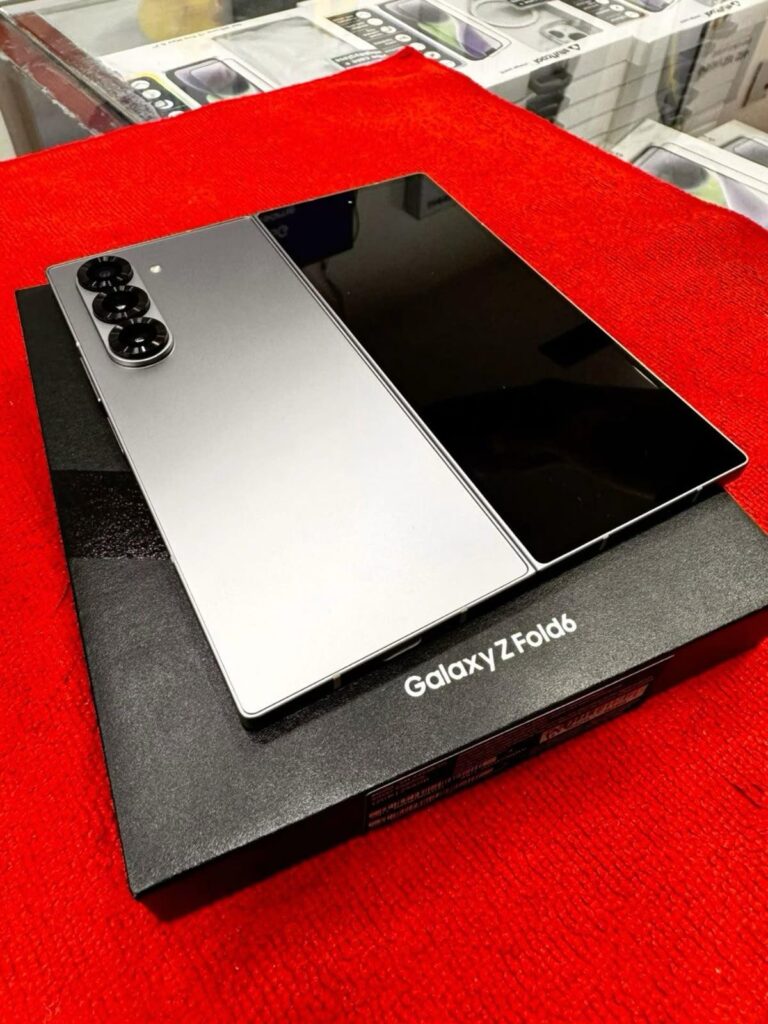
Competitors Step In: The New Wave of Foldable Phones
While Samsung remains the flag bearer in the foldable arena, other major brands are jumping on board, each adding their unique twist to the concept.
Huawei, despite geopolitical challenges affecting its global presence, has launched devices that combine foldable screens with powerful internals. Their designs typically emphasize high-resolution displays and robust build quality, pushing the envelope on what can be expected from foldable technology.
Xiaomi and Oppo have shown significant interest in the foldable market. They are exploring innovative hinge mechanisms and more cost-effective manufacturing techniques, potentially lowering the price barrier while still delivering compelling features.
Motorola, known for its bold design choices, has teased concepts that mimic the success of clamshell designs from the flip phone era, now upgraded with a modern twist. The emphasis here is on blending nostalgic design elements with future-proof technology.
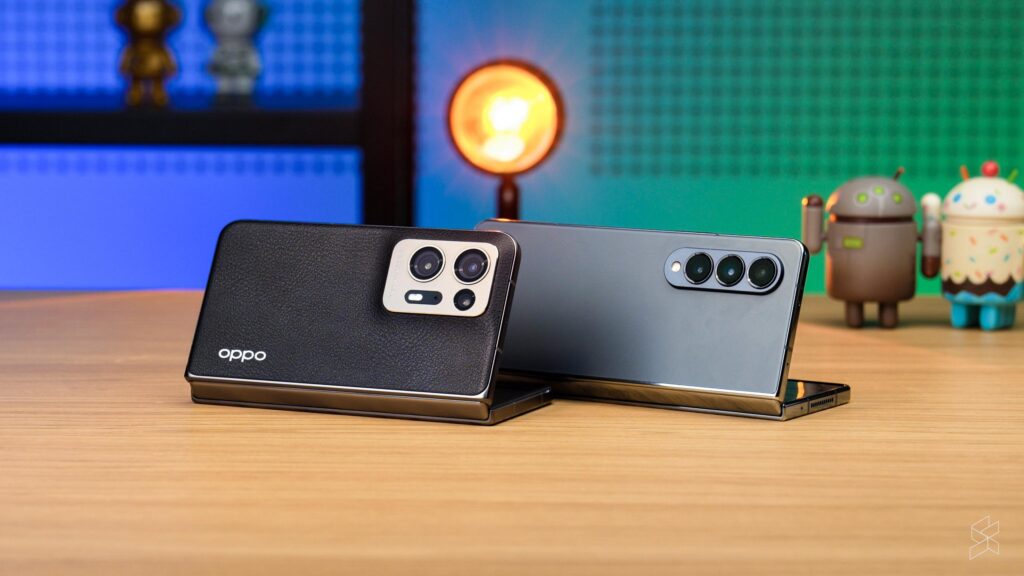
What These Competitors Bring to the Table
The influx of multiple players in the foldable segment heralds a competitive environment where consumer choice is poised to increase. Each brand is experimenting with different form factors from horizontal sliders to more vertically oriented foldables.
With a focus on durability, these companies are adopting materials that resist creasing, offer better scratch resistance, and enhance the overall lifespan of the device. As more brands invest in the technology, we can expect foldable at a variety of price points, making the innovation accessible to a wider audience.
Looking Forward: The Future of Foldable Phones, are they here to stay?
Samsung’s Galaxy Fold series is often seen as the pioneer that opened the door for further explorations into foldable technology. Its journey illustrates both the possibilities and challenges of merging cutting-edge technology with consumer-grade durability and usability.
While its price and early reliability issues may raise valid questions about overall value, the ongoing evolution of the design indicates that subsequent iterations are likely to address these concerns. Moreover, the competitive surge from brands like Huawei, Xiaomi, Oppo, and Motorola is a promising sign for consumers.
Increased competition is likely to spur further innovation, drive down costs, and ultimately lead to more refined devices that meet consumer expectations both in terms of functionality and durability.
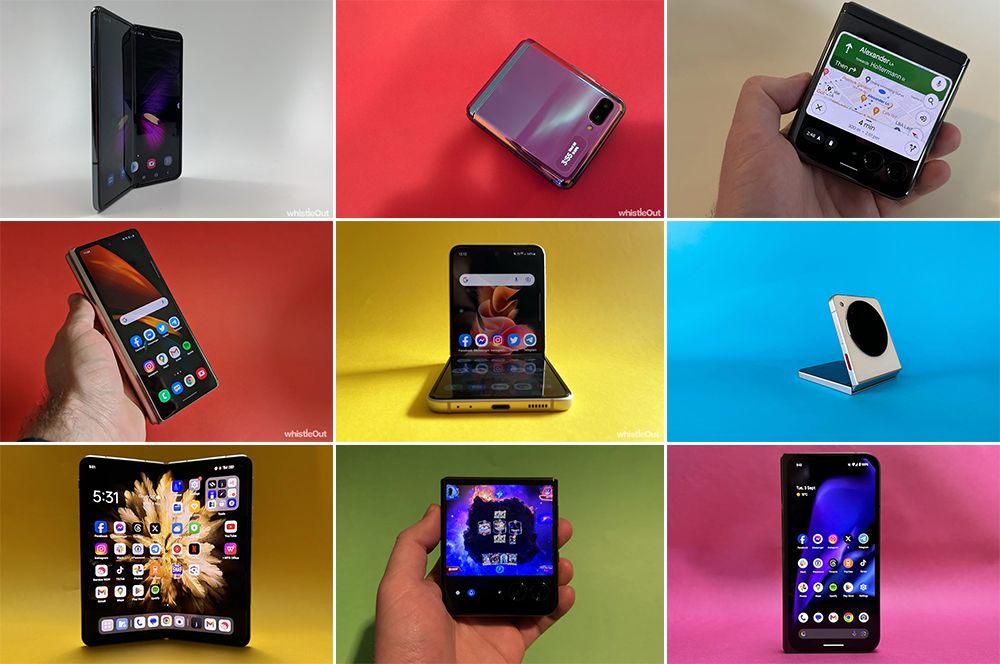
So, is the Samsung Galaxy Fold series worth the hype or the money? The answer is nuanced. For those eager to experience tomorrow’s technology today and willing to invest in innovation, the Fold series offers a unique, conversation-starting experience that justifies the premium.
For more budget-conscious consumers or those who favor tried-and-true reliability, the rapidly evolving competitive landscape might soon offer more attractive alternatives. As the industry continues to mature, what’s most exciting is not just the evolution of any single product, but the promise of a new mobile era where the boundaries between phones and tablets become increasingly fluid.



